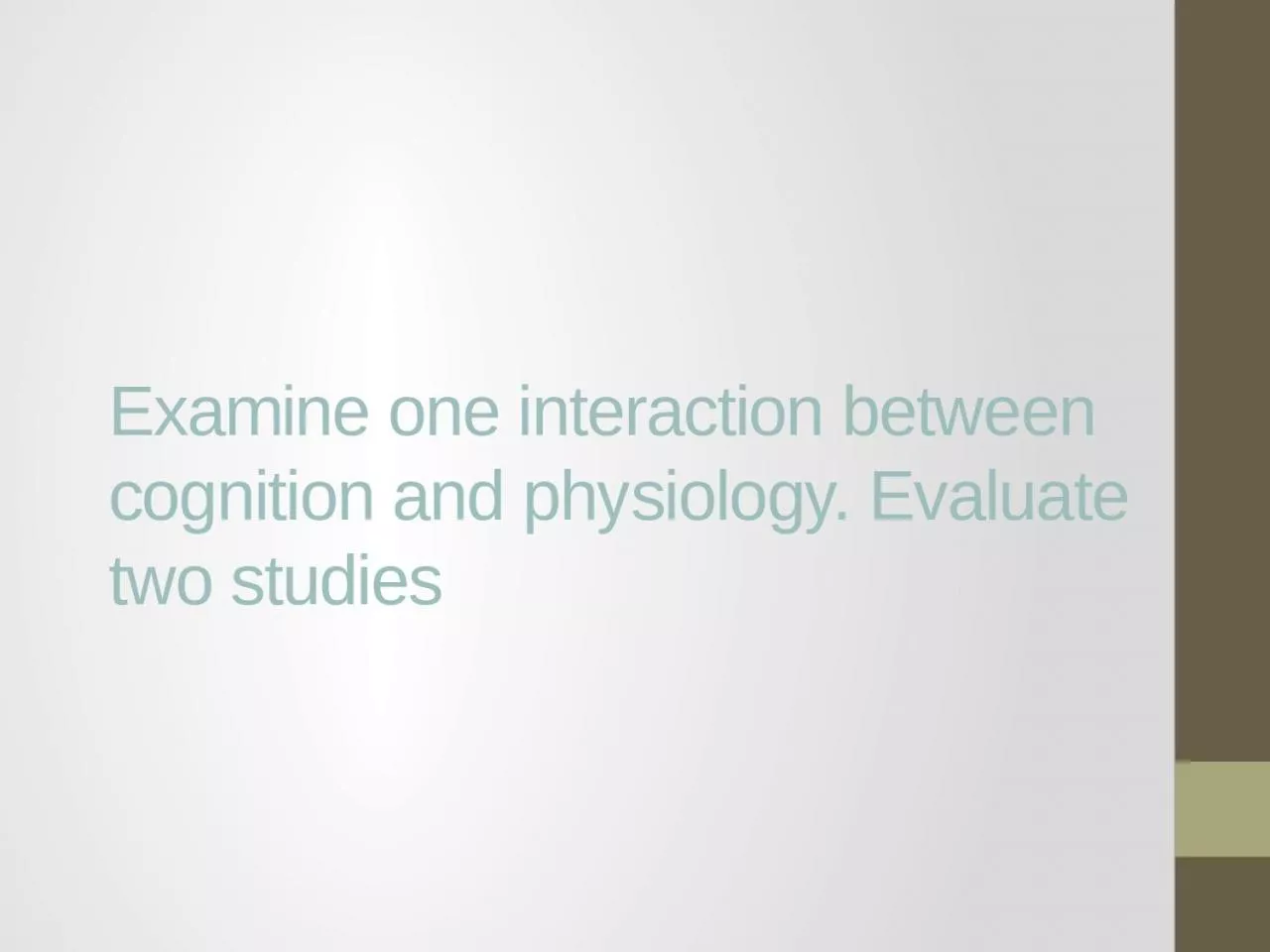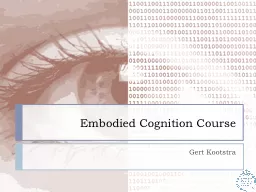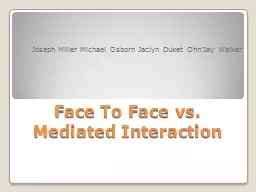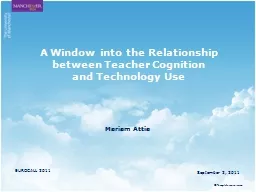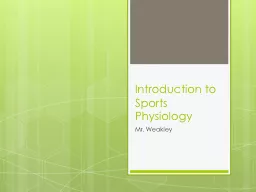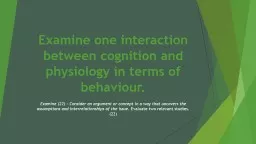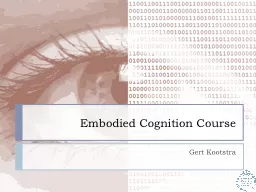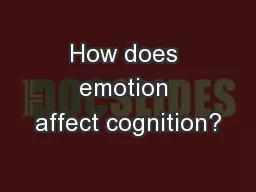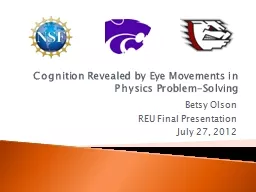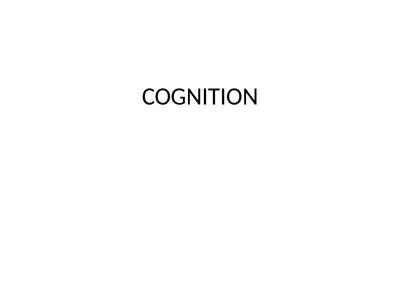PPT-Examine one interaction between cognition and physiology. Evaluate two studies
Author : osullivan | Published Date : 2022-06-07
How brain damage affects memory processing Refers to the learning outcome Explain how biological factors may affect one cognitive process What is amnesia
Presentation Embed Code
Download Presentation
Download Presentation The PPT/PDF document "Examine one interaction between cognitio..." is the property of its rightful owner. Permission is granted to download and print the materials on this website for personal, non-commercial use only, and to display it on your personal computer provided you do not modify the materials and that you retain all copyright notices contained in the materials. By downloading content from our website, you accept the terms of this agreement.
Examine one interaction between cognition and physiology. Evaluate two studies: Transcript
Download Rules Of Document
"Examine one interaction between cognition and physiology. Evaluate two studies"The content belongs to its owner. You may download and print it for personal use, without modification, and keep all copyright notices. By downloading, you agree to these terms.
Related Documents

